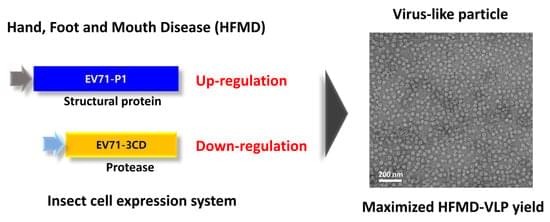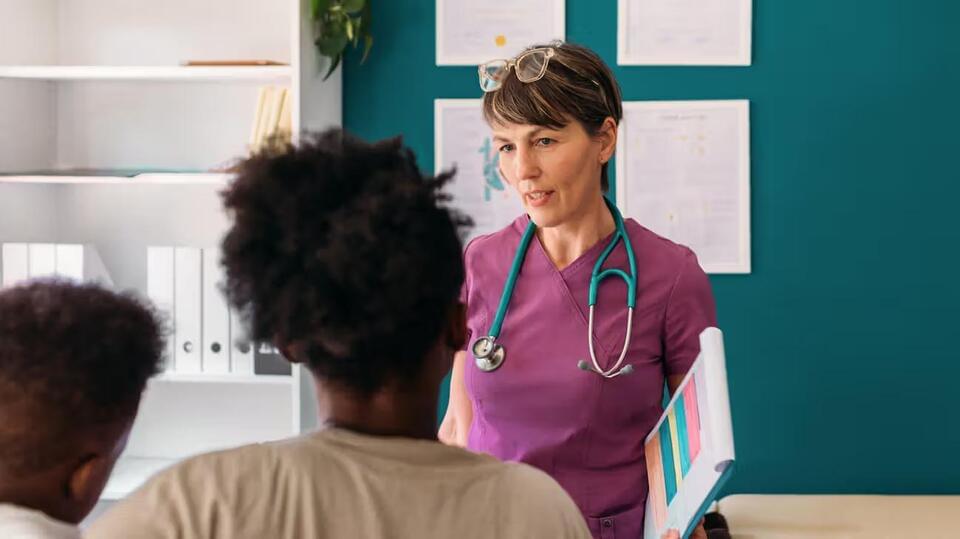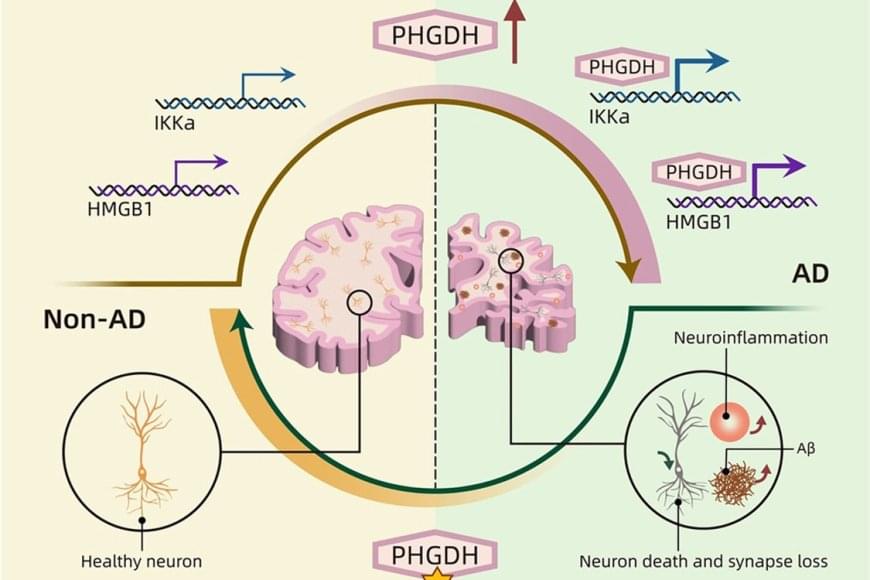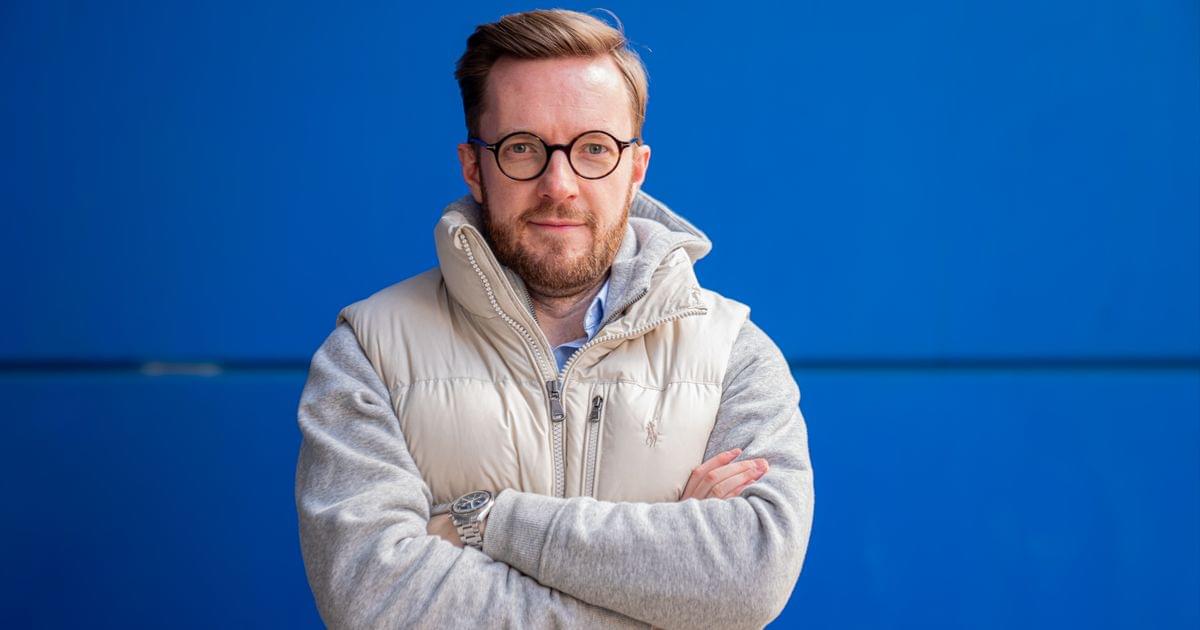Scientists may have identified a way to naturally regulate blood sugar levels and sugar cravings in a similar fashion to drugs like Ozempic.
In mice and humans, the key to unlocking this natural process was found to be a gut microbe and its metabolites – the compounds it produces during digestion.
By increasing the abundance of this one gut microbe in diabetic mice, researchers led by a team at Jiangnan University in China showed they can “orchestrate the secretion of glucagon-like peptide-1”








